The moonpool is a congested area of the rig including heavy equipment and hazardous operations. As such, it is crucial to have optimal handling systems in order to ensure safe operations and achieve maximum operational efficiency.
What is a Moonpool Today?
The basic function of a Moonpool on a rig, is to provide a means to safely lower and retrieve the drill string, riser, casing, XMT, BOP, templates and various other tools and instruments into the sea, down to the seabed and into the well bore during offshore drilling and well operations.
Over the last decades, the complexity of the moonpool has increased significantly. More robust moonpool handling systems have been introduced often in combination with rigs with two well centres, enabling parallel operations with increased efficiency.
Equipment like the BOP’s and XMT’s have increased in size, weight and complexity. This is a result of many factors, like moving drilling operations to deeper waters and into harsher environment, drilling in higher formation pressures, as well as increased requirements to safety and functionality. Consequently, operations have become much more complex with modern control systems more vulnerable for failure.
Read more: How Tailored Moonpool Handling Systems Can Improve Safety (HSE)
Why are Moonpool Handling Systems Important?
As the equipment to be handled on rigs has increased in weight, volume and complexity over the last years, it has created a need to upgrade and/or customize not only older rigs, but also new rigs to remain competitive and operate efficiently.
Modern rigs are often equipped with various degrees of rig automation. Typically, such automation is implemented for the pipe deck/drill floor operations, where the operations are more repetitive in its nature.
This is less common for the moonpool operations, and automation of the entire moonpool operations appears to be too complex.
Benefits of tailored moonpool handling systems include:
-
Increased efficiency in critical path operations
-
Remote and hands-free operation capabilities
-
Improved crew safety by keeping personnel away from high-risk zones
Example:
Connecting the kill and choke hoses to a riser moving relative to the rig in the moonpool area is considered a critical path operation. This operation typically involves:
-
Manual work in riding belts or cherry pickers
-
Carried out over open sea
-
Duration: 2–12 hours depending on weather
However, there are (wireless) remote controlled K&C handling arm solutions available in the market. These systems allows for:
-
Remote-controlled, wireless operation
-
No crew exposed in the moonpool
-
Duration: a few minutes
In essence, the aim must be to enable a good crew with the necessary equipment required to deliver a rig with first class performance. As such, it is wise to consider how to optimize the equipment and processes on your rig to increase the weather window and reduce non-productive time.
Additional reading: How fast can you rig up your Managed Pressure Drilling (MPD) system?
Conclusion
As the oil and gas industry continues to evolve, expectations related to efficiency, safety and environmental awareness continue to increase. On top of this, limits are being pushed as rigs are operating in harsher weather conditions. The time spent on drilling and delivering a well is challenged and expected to be reduced.
Optimal handling systems within the moonpool area can help ensure that you spend as much time as possible on the actual drilling of the well, and less time waiting, on preparations and supporting activities.
Do you know where to start? In this paper, you will get an updated overview on different areas of improvement. Get your free copy now:

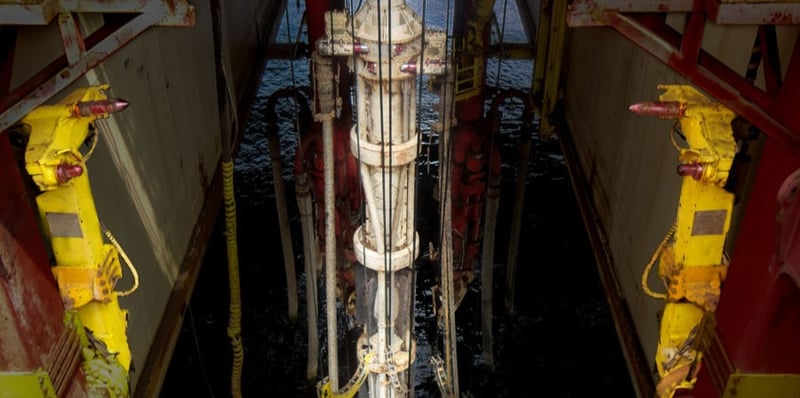
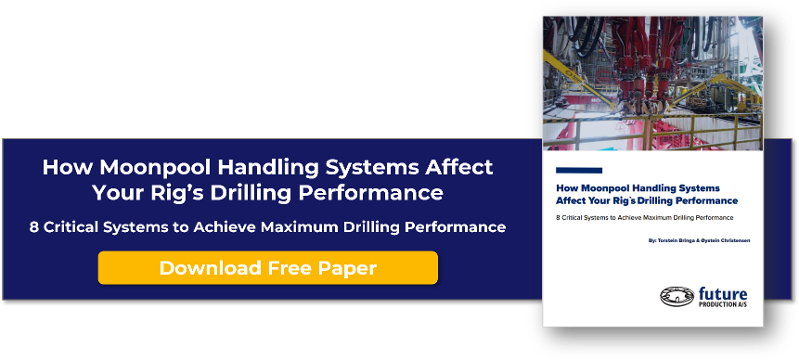
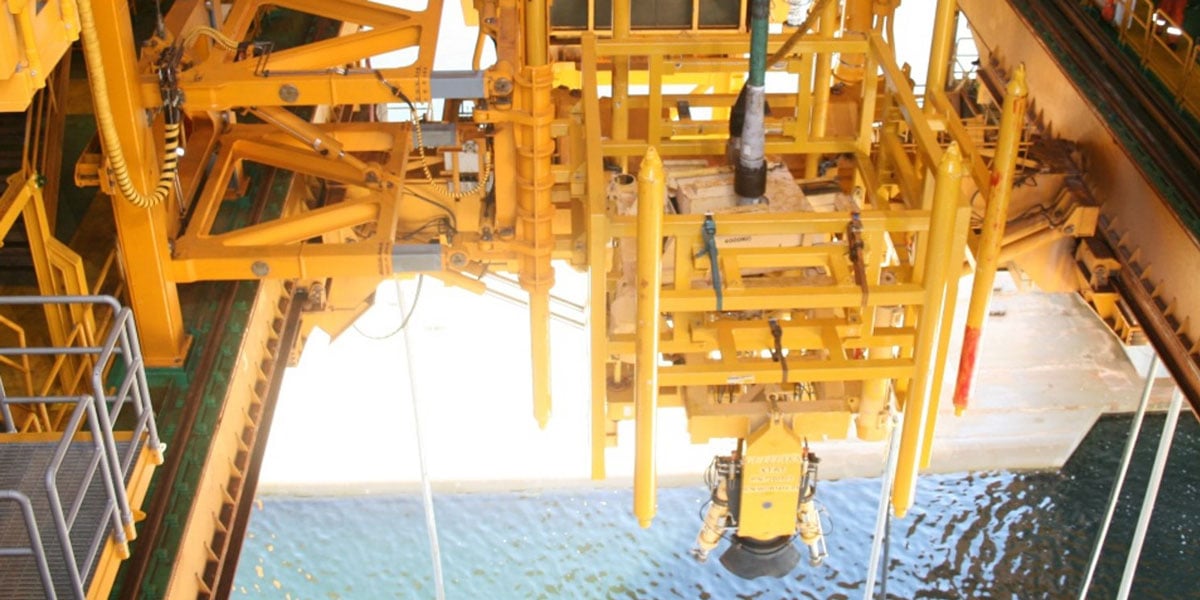
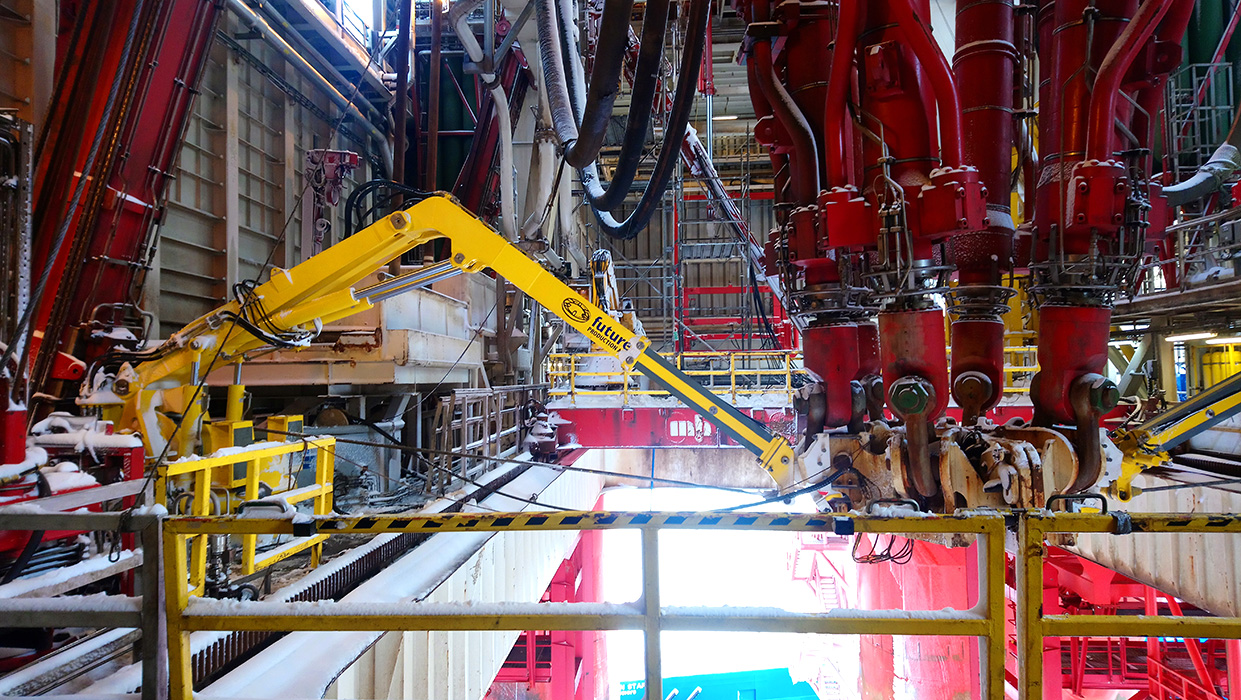
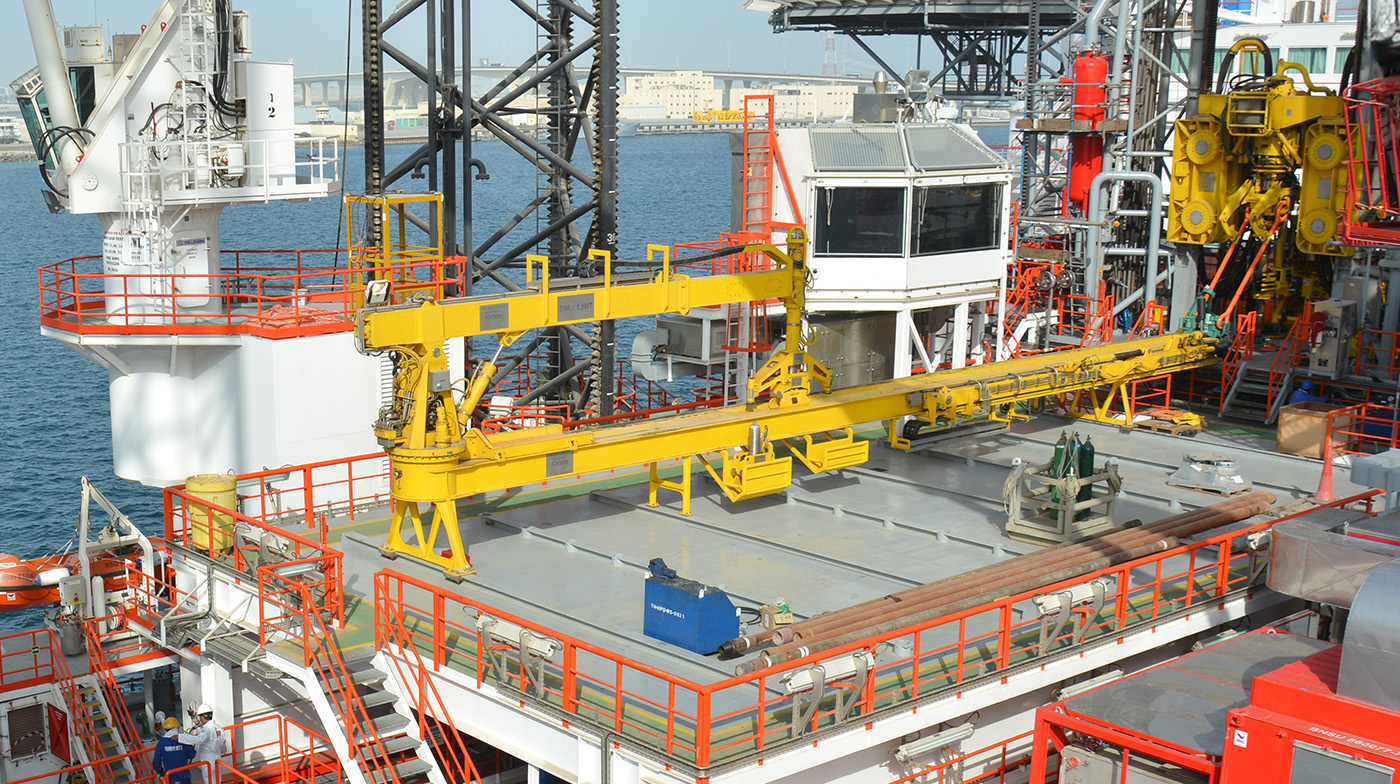
SUBMIT YOUR COMMENT